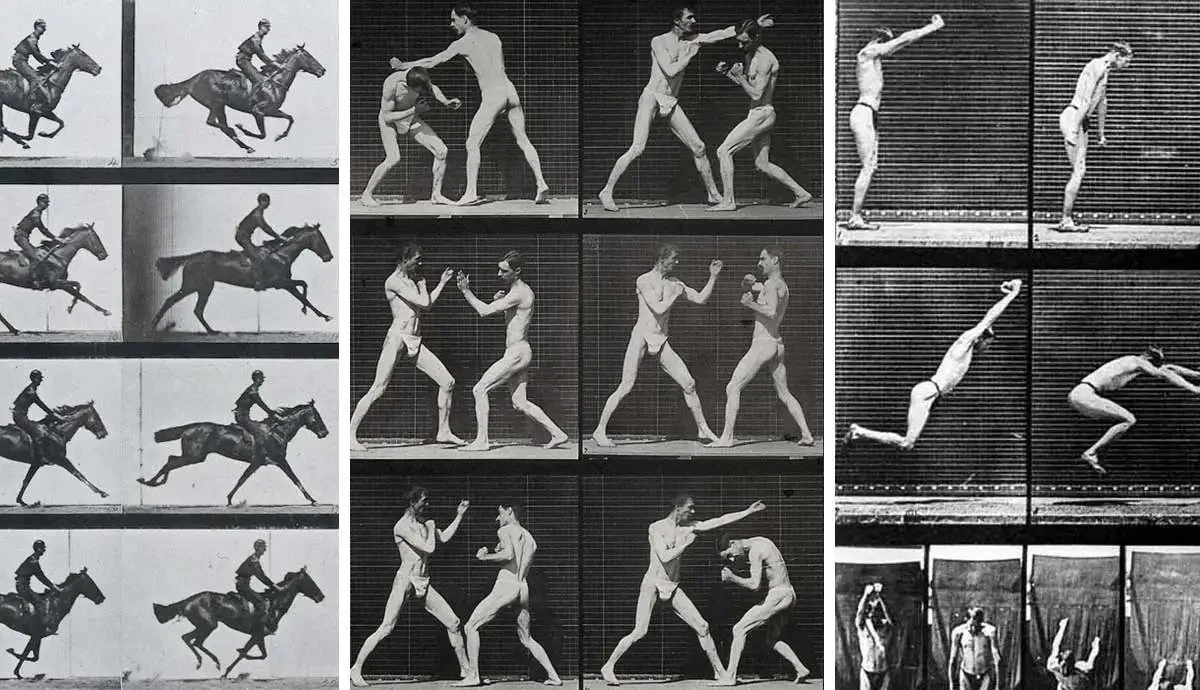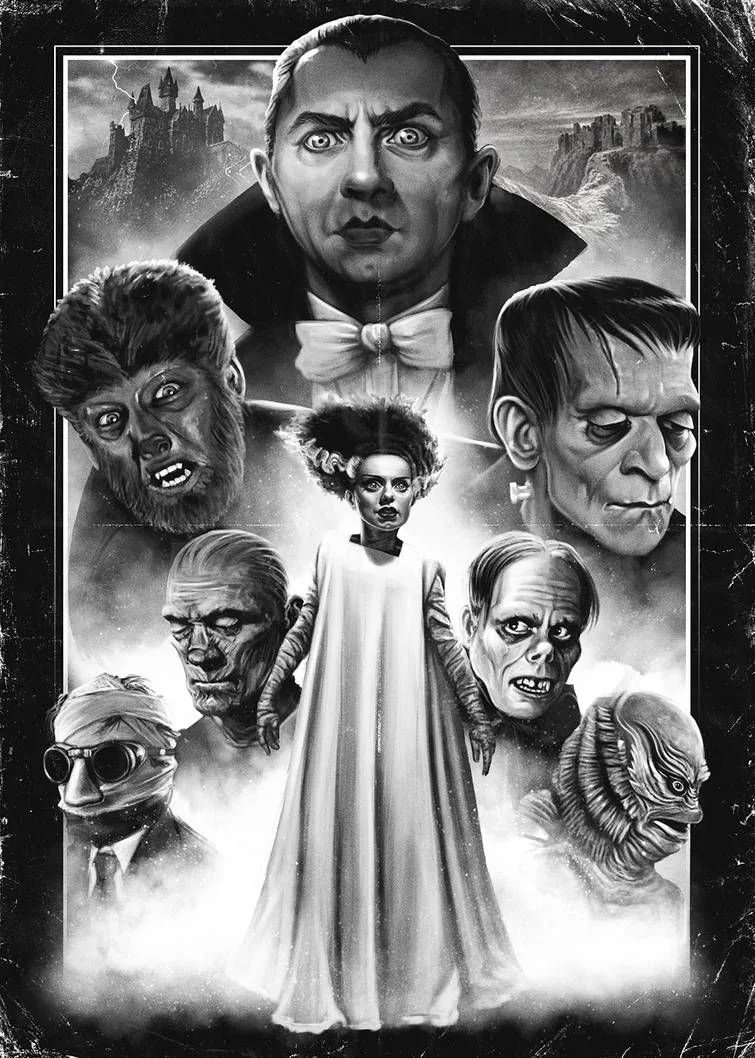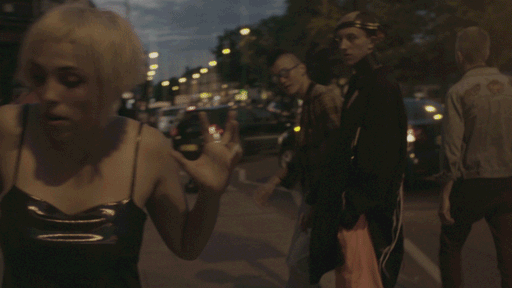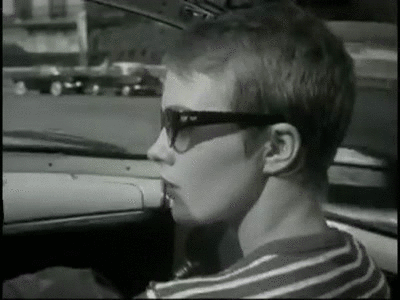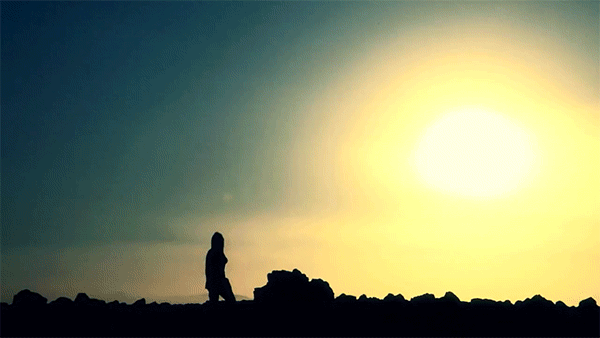The Constraints
The Constraints
Creativity feeds off of constraints. At first, constraints may seem like limitations that inhibit your art, but if you choose to embrace them and open yourself to more divergent and unpredictable possibilities, you will feel your creative mind flowing more freely. Constraints help us make quicker decisions, avoid “blank canvas paralysis”, and invent something original, new, and uniquely you.
This week, you will produce a film in five days with no budget. Each of your films must must also include the three constraints below: a character archetype, a sound effect, and an editing technique. We tried to select constraints that would inspire many different stories. How you choose to incorporate these constraints is entirely up to you and your production team. We can’t wait to see your interpretations by the end of the workshop…
constraint #1 … character archetype
MONSTER OR GHOST
Monsters and ghosts have been part of cinematic storytelling since the beginning. Technically, even before the beginning when prehistoric cave dwellers would paint monsters on the walls of their caves and animate them with the flicker of their torchlight. Monsters and ghosts can be metaphors for a whole slew of abstract ideas: the unknown, the misunderstood, the otherworldly, memories of the past, traumas, ancestors, or our deepest desires...
Your films must include a character that is either a monster or a ghost. The monster or ghost can be literal or metaphorical; malicious or benign; a part of any genre of storytelling, a reimagined classic or something entirely new…
Notable Films
It’s a Wonderful Life (1946) dir. Frank Capra
Nosferatu (1922) dir. F.W. Murnau
Colossal (2016) dir. Nacho Vigalondo
Where the Wild Things Are (2009) dir. Spike Jonze
Night of the Living Dead (1968) dir. George Romero
Godzilla (1954) dir. Ishirō Honda
constraint #2 … the sound effect
a ticking clock
What's more dramatic and anxiety-inducing than a constantly ticking clock? Whether it be used to punctuate a quickly approaching deadline, to depict a gradual or substantial passage of time, or as an anchor to the reality of the film's world while a character gets lost in the metaphysical, the sound of a ticking clock can have a tremendous amount of utility in order to elicit an emotional response from an audience...
Your films must include the sound of a ticking clock. Comb through the archives of Freesound.org to find the style of ticking clock that suits your story…
Notable Films
constraint #3 … the editing technique
the jump cut
A jump cut is a film editing technique that splits a continuous shot into multiple parts by removing footage, which creates a jump forward in time. Unlike other techniques, it is not meant to feel smooth or go unnoticed. It purposefully violates space, fragments action, and creates an ellipsis in time. It was initially "discovered" as an accidental edit by George Méliès in 1908 and has become a permanent part of moving image grammar, shown all over TikTok and YouTube vlogs, used to startle an audience during a horror movie, to grant a window into the frantic mentality of a character, or to simply show the passage of time during the story...
Your films must include a sequence with jump cut editing.
Notable Films
Breathless (1960) dir. Jean-Luc Godard
Little Shop of Horrors (1986) dir. Frank Oz
The Birds (1963) dir. Alfred Hitchcock
The X-Rays (1897) dir. Georges Méliès
The Royal Tenenbaums (2001) dir. Wes Anderson


